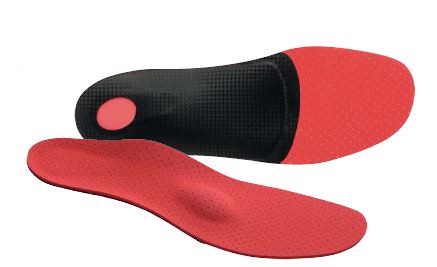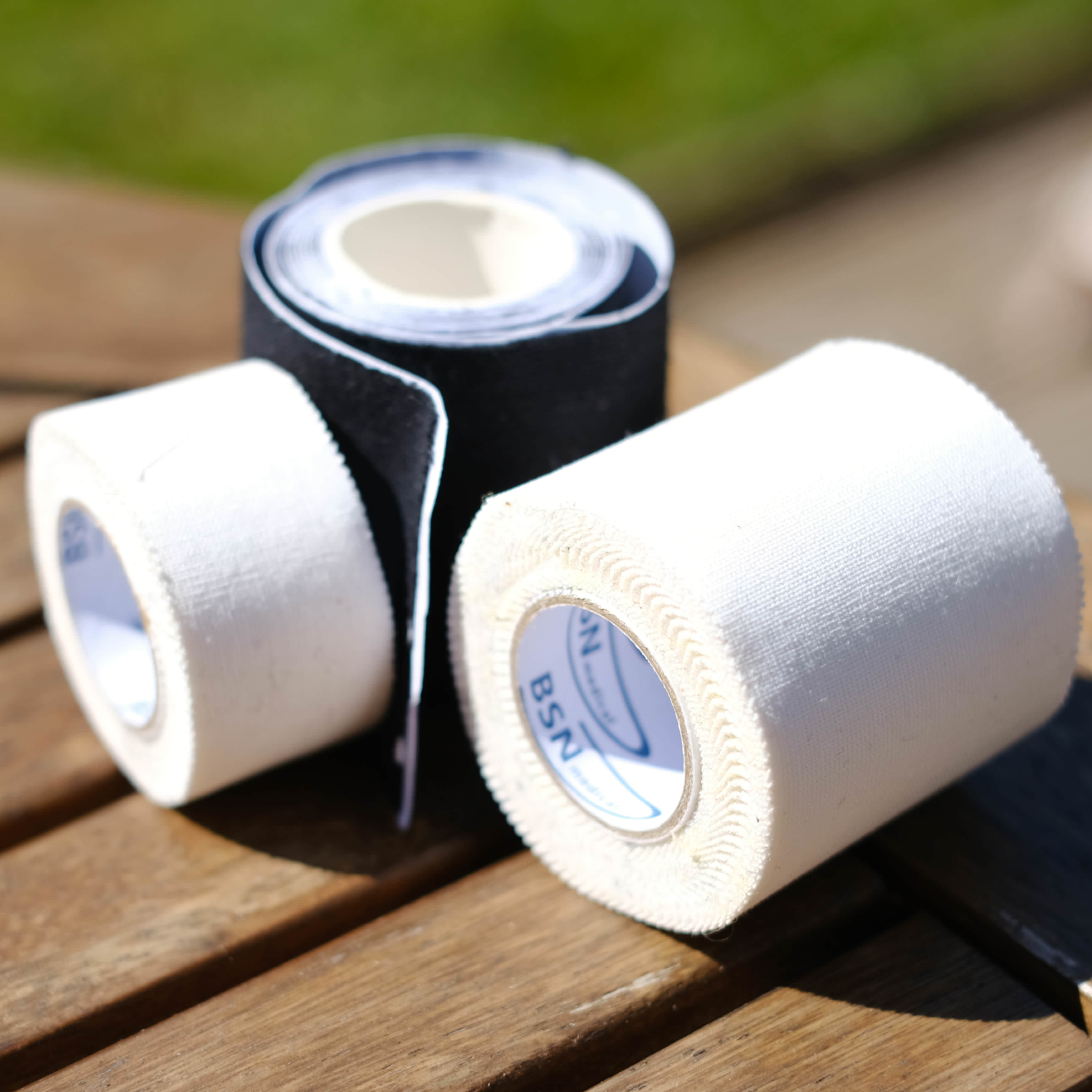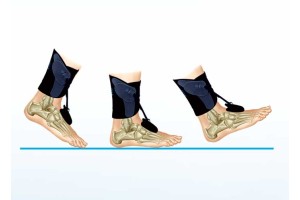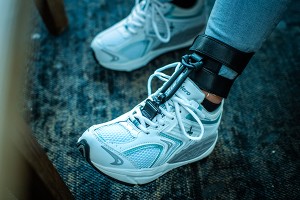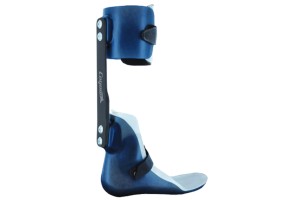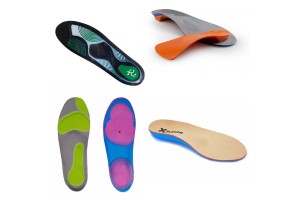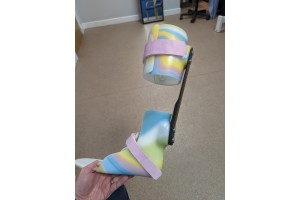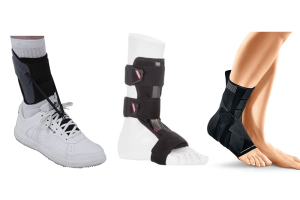
What causes Plantar heel pain / Plantar fasciitis?
Unfortunately a change in activity level can lead to soft tissue injury and pain. This often occurs when there is increased stress applied to the tissue in question. If the tissue is not capable of tolerating that stress damage and pain can occur.
The concept of tissue stress is commonly used in the treatment of musculoskeletal problems but this is a subject that requires its own post that will be added in the coming days. But the important thing to know is that all tissues have an amount of stress that they can tolerate before they can become damaged.
The best way to increase a tissue's tolerance to stress is to apply stress or load in a controlled manner to enable it to adapt and become stronger to allow it to tolerate more.
A common issue that can occur when there is too high a load/stress applied is plantar heel pain or as it is commonly known Plantar fasciitis.
It had previously been thought that Plantar Fasciitis involved chronic inflammation however more recent studies have concluded this is not the case. We will often refer to it as Plantar Heel pain as that is a more accurate description as the ’itis’ refers to Inflammation of the plantar fascia which is not now thought to be present.
What is the plantar fascia?
The plantar fascia is a thick band of connective tissue that supports the arch of the foot. It runs from the heel bone (calcaneus) where it fans out to the toes.
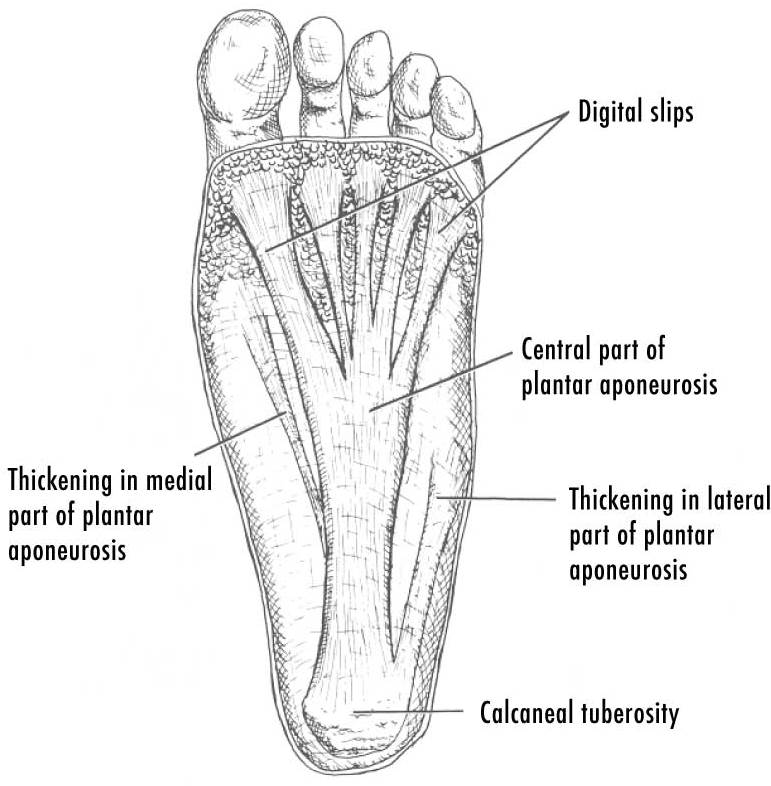
The plantar fascia contributes to support of the arch acting like a tie-rod when it undergoes tension as weight is applied to the foot. One of its main functions is to make the foot rigid during ‘push off’ through a mechanism known as the windlass mechanism which occurs when the big toe flexes up.
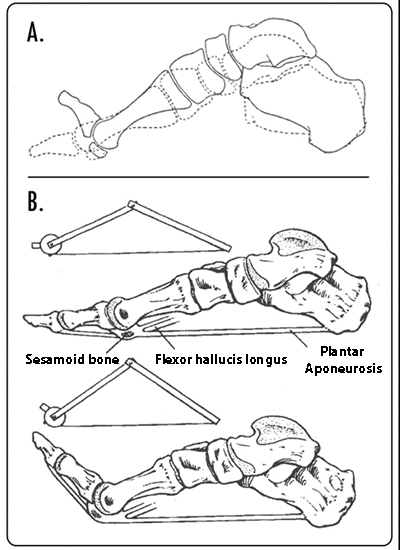
What are the sign’s and symptoms of plantar fasciitis?
Typically a classical sign of ‘Plantar fasciitis’ or plantar heel pain are as follows
- Gradual onset of pain that gets worse over weeks or months
- Pain to touch on sole of the foot at the heel
- Pain in the morning or after periods of rest
It is also thought that the biggest contributor to disability is related to pain related fear of movement.
What are the risk factors for heel pain?
- Standing for long periods on hard floors
- A sudden increases in activity
- High BMI or increase in weight
- Flat feet
- High arch feet
- Running
- Muscle tightness especially the calf muscle
- Age Plantar fasciitis is more common after the age of 40
How is it treated?
There are a number of proposed treatments for plantar heel pain and no one treatment is seen as most beneficial in the medical literature. The most common treatment approaches will generally involve
- Footwear advice
- Weight loss
- Stretching
- Night-splints
- Low/High Dye taping
- Intrinsic Muscle strengthening
- Orthotics both off the shelf and custom
- NSAIDS - limited to early stages
- Extracorporeal Shock Wave Therapy
- Surgery
Footwear Advice
Large amounts of standing and walking on hard surfaces have been shown to be a risk factor and it has been found that shoe rotation during the working week can reduce the risk of plantar heel pain
It is also though supportive shoes with a cushioned heel are helpful in the initial treatment.
It has also been suggested that the addition or use of shoes with a rocker sole may be of help to reduce pain while walking.
Weight Loss
Weight Loss can be helpful as the less a person weighs the less force is trying to flatten the arch thereby decreasing stress through the plantar fascia.
Stretching
Tightness in the calf muscles will lead to a decrease in available motion at the ankle joint that can lead to an increase in tension in the plantar fascia.
Stretching of the Calf muscles both gastrocnemius and soleus has been shown to be effective.
Calf (gastrocnemius) Stretch on bottom Stair
Calf (soleus) Stretch with knee bent
Some studies have also shown that the outcome can be better when stretching is done in combination with orthotic (insole) therapy.
It has also been found that hamstring tightness can be a risk factor. One study reported that people with hamstring tightness were 8.7 times more likely to develop plantar fasciits!
Night Splints
The aim of a night splint is to provide a low level stretch to the Calf muscles and plantar fascia. It is however unclear from the evidence if they are effective which is probably due to the complex nature of the condition. Some people swear by them others find they don't help. Often the biggest benifit is for the first few steps in the morning. What is clear in the research is that devices that go on the front of the leg are more comfortable and tolerated. For this reason we stock the
Malleonite resting splint so our clinicians can issue it on the day or it can also be ordered online from our shop.
Malleonite to stretch Calf and flex toes
Foot Orthoses / insoles
The literature is conflicted with regards to the use of foot orthoses in the treatment of plantar heel pain. The main area of conflict is the use of standard/off the shelf insoles over custom insoles. Often the issues with such studies is that they are applying one treatment to a large group of people with heel pain. Due to the diverse nature of the problem this is not a sensible approach. At the Buchanan Clinic we believe in treating each person as an individual not as a population or statistic.
Unfortunately this means there is not one magic orthoses or insole to cure heel pain
Sense Heel Pain Insoles
Taping
It has been shown that applying taping to the foot can help reduce symptoms of plantar fasciitis or heel pain. Often this is a good first line of treatment and can help reduce the pain and discomfort.
Our Orthotist Graham will regularly use taping techniques on himself as he is prone to plantar heel pain when running.
Strappal and K-Tape that can be used for taping
Intrinsic Muscle Strengthening
These are exercises designed to strengthen the muscles within the foot. The idea being the stronger they are the less stress will be applied to plantar fascia helping it to heal.
Shockwave Therapy
Shockwave Therapy which is also know as Extracorporeal Shock Wave Therapy delivers a high energy non-electrical sound wave through the skin to the affected area via a hand held probe. These sound waves initiate a pro-inflammatory response in the treated tissue with an increase in blood flow, a breakdown of scar tissue and a triggering of stem cell activation all resulting in a stimulation of the body’s healing response.
Shockwave Therapy is available at our clinical partner Balanced Physiotherapy in Edinburgh
Summary
Plantar Heel pain or Plantar Fasciitis is a common condition that can be painful and cause issues with walking. Unfortunately it has complicated multifactorial causes and no one treatment will work for everyone and it is often miss-diagnosed.
Generally in our clinic we will recommend stretching, strengthening, taping and insoles to get your back pain free as quick as possible.
Are there other condition that can cause heel pain?
Plantar Fibromatosis
- Pain increases with activity
- Fibroblasts are palpable
Lateral Plantar Nerve Entrapment
- Burning sensation over the inside of the arch
- Pain radiates
- Altered sensation
Bone Tumour / Neuropathic pain
Bursitis
- Located in centre of heel
- Palpable mass
- Result of repeated trauma
Contact Details
Email: [email protected]
Call: 0141 440 1999
Address: 603 Helen Street, Glasgow, Scotland, G51 3AR
Online Booking: Buchanan Clinic Appointments


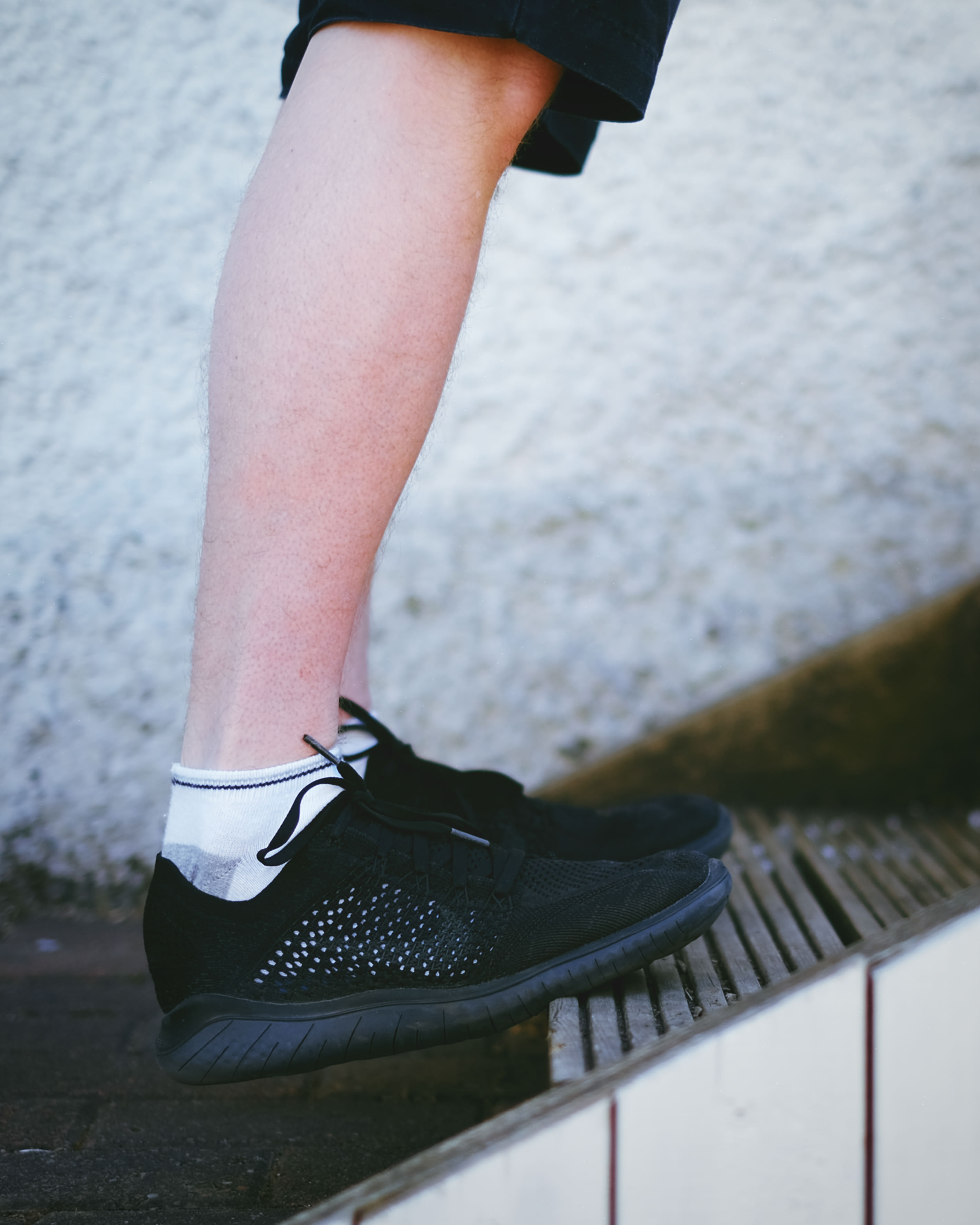
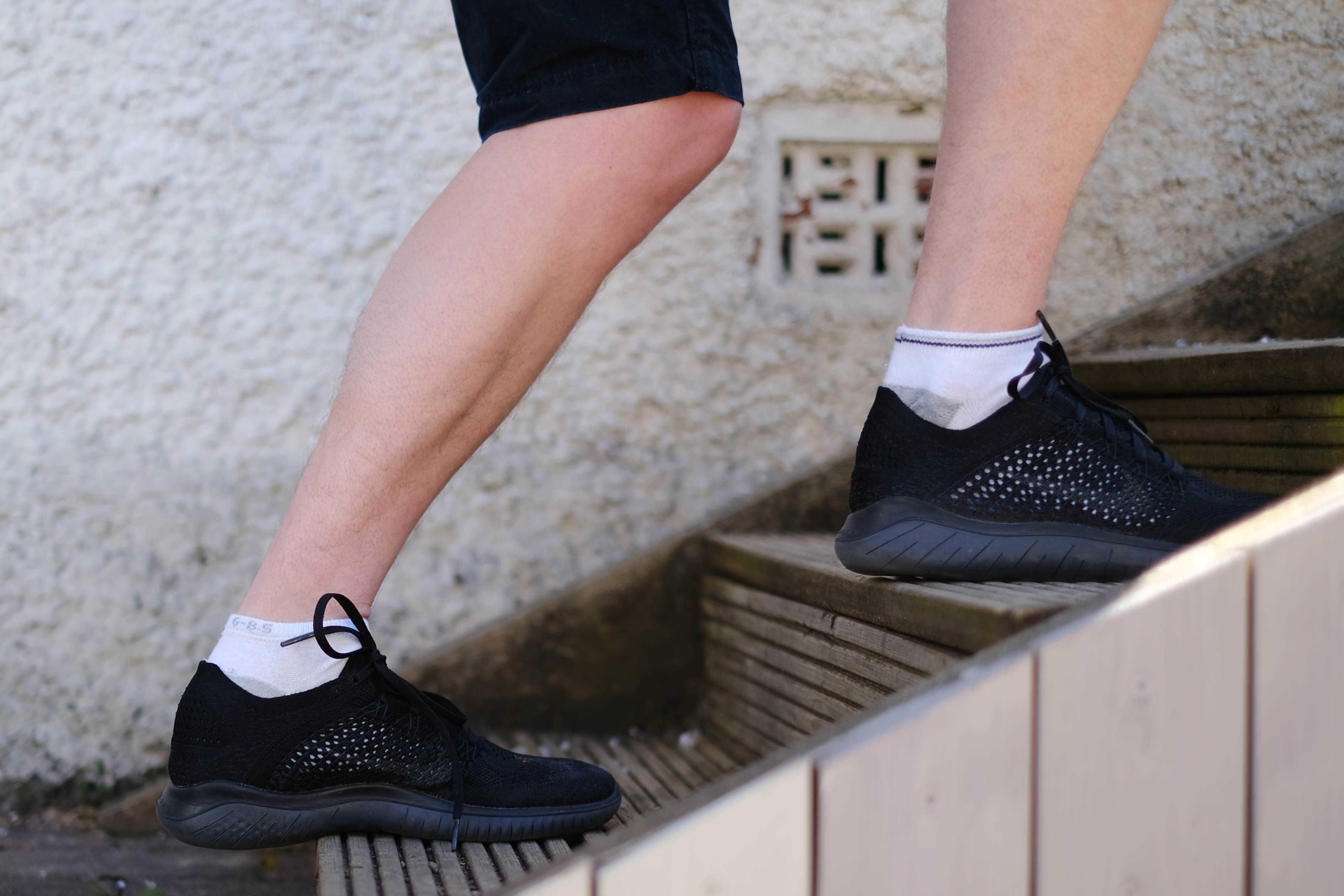
.jpg)
